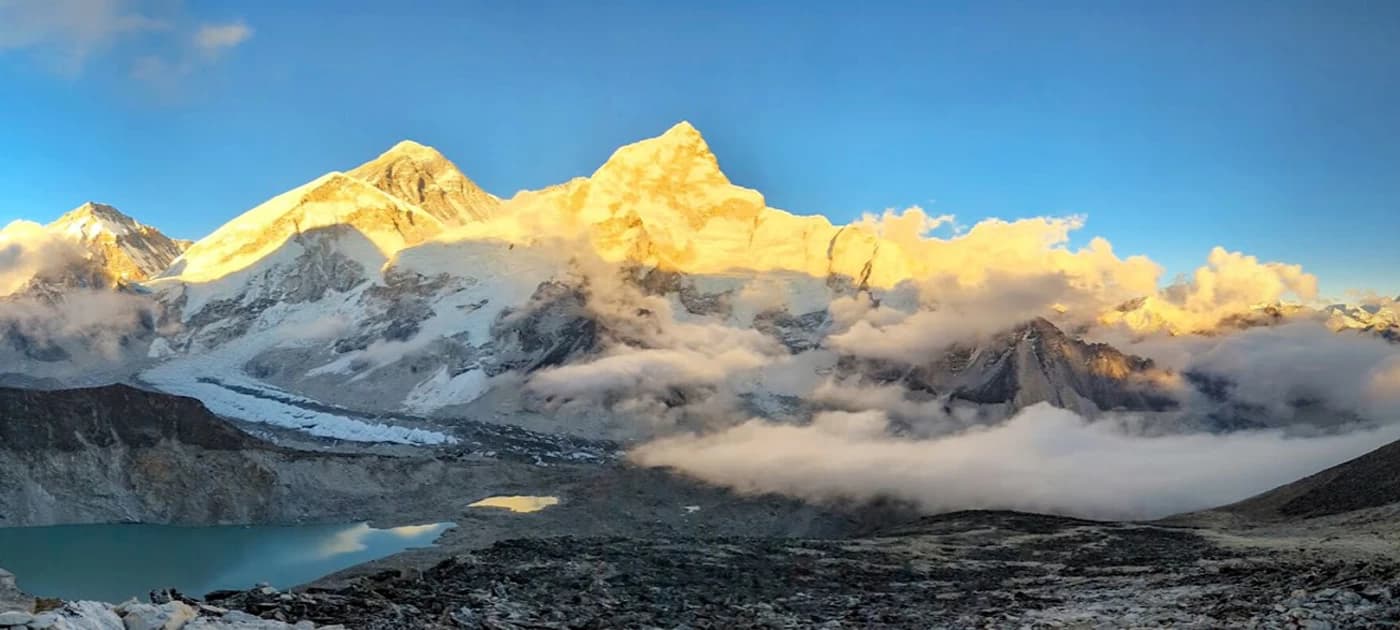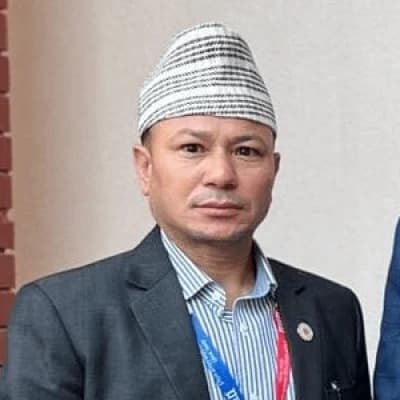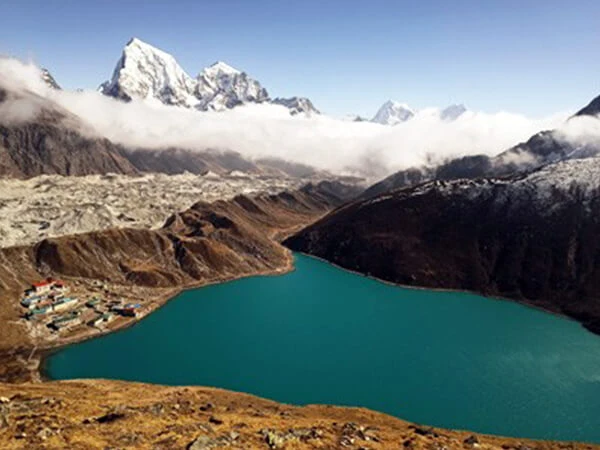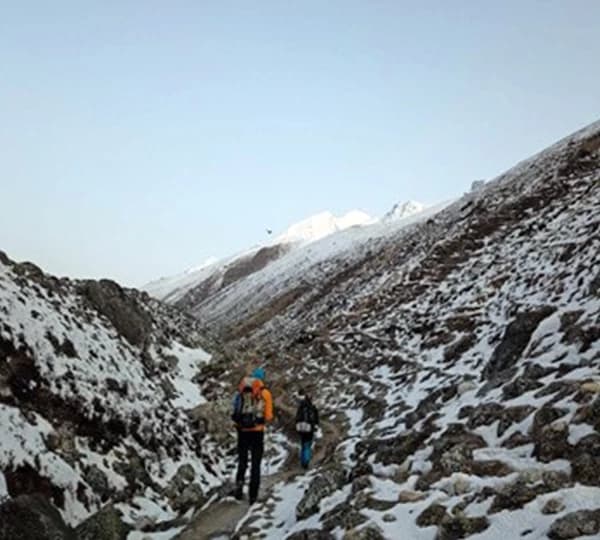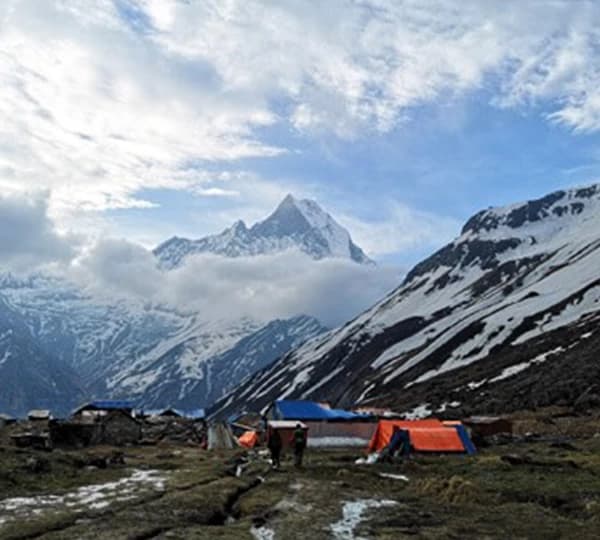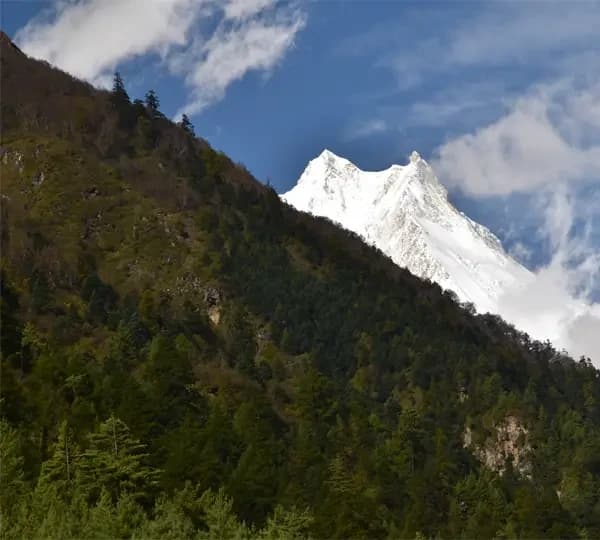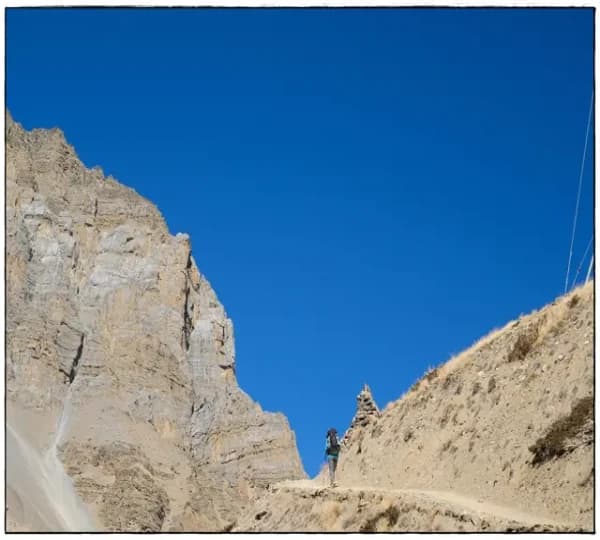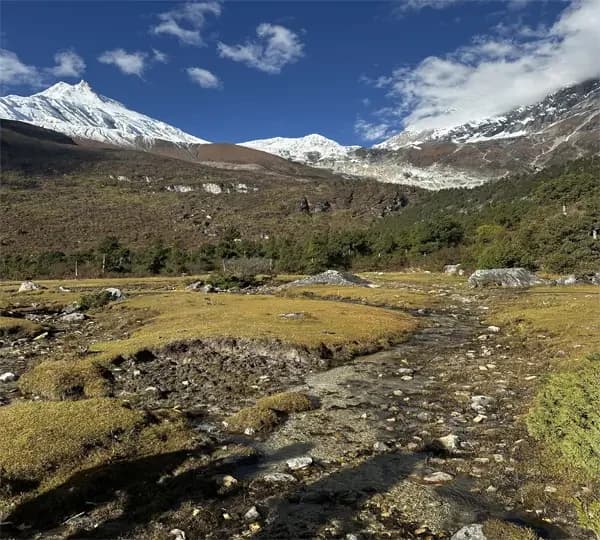Summary of Everest Trek Weather and Temperature
The Mt. Everest base camp trek is a heavenly paradise in Sagarmatha National Park in Nepal. It is the tallest mountain in the world, and the weather forecast around there is very unpredictable. A trek to Everest base camp starts at an altitude range of 2,800 m to 5,545 m. Nepal experiences four seasons, as below:
Details of Everest Trek Weather and Temperature:
Autumn (late September to November):
This season is right after the monsoon, and all the haze goes down, and the views are as clear as crystal. This is the ideal time of year to travel to Nepal. All the visibility is clear and calm. The daytime temperature reaches up to 12 degrees centigrade, and nighttime temperatures drop to 2 degrees centigrade in September and October. November will be colder than the previous month.
